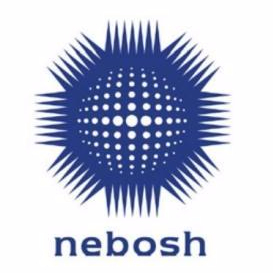Scaffolding is made up of the following basic components:
* Standards– Upright or vertical tubes used to support the load to the ground.
* Ledgers– Horizontal tubes tying the structure together longitudinally, usually running parllel to the face of the building.
* Transoms– Short horizontal tubes spanning across ledgers normally at right angles at 90 degree to the face of the building. They might also be used to support a working platform.
* Bracing– Diogonal tubes that give the structures its rigidity.
* Base plates– Small square metal plates the standards or upright rest on to prevent them sinking into the ground.
* Sole boards– Large pices of timber. put under the base plates to spread the load over a wide surface area when scaffold is erected on soft ground.
* Work platform</strong – Fully boarded.
* Gurad-rails– Fixed to the standards to fully enclose the work platform.
* Toe-boards– Fixed to the work platform to provide a lip to the platform.
There are a number of ways in which the scaffold can be tied to the building to prevent movement:
* Anchor bolts– Where one end of a metal bolt is screwed into the wall of the building and other end is attached to the scaffold tubing.
* Through ties
* Reveal ties
* Rakers– Supports which push the scaffold onto the building.
* Bracing– Is another important component of the scaffold and is used to stiffen the scaffold framework to prevent collapse.
Key hazards associated with use of scaffolds
* Falls from the scaffold during erection.
* Falls from the work platform.
* Objects falling from the platform.
*– Collapse of the structures.
Scaffold should be erected by trained workers and inspected by a competent person.

